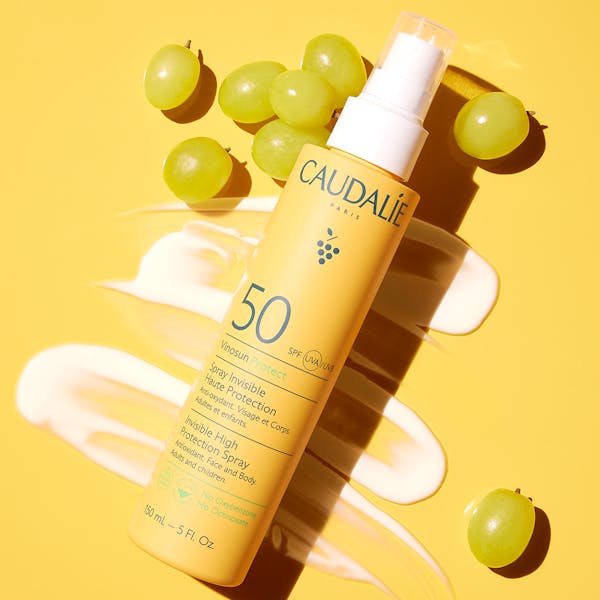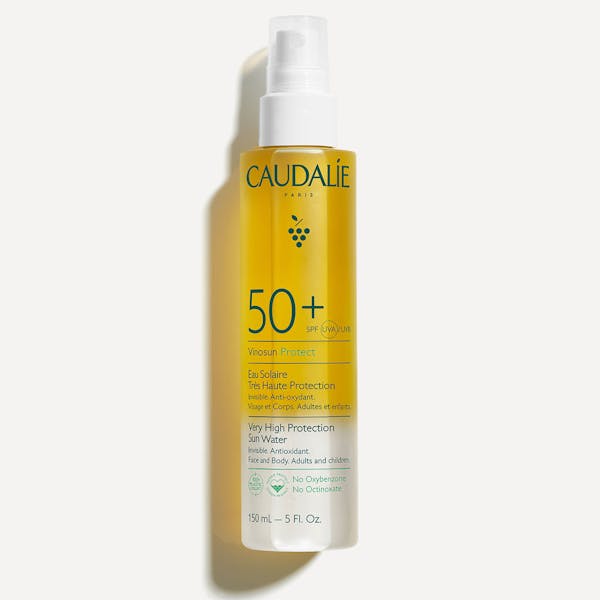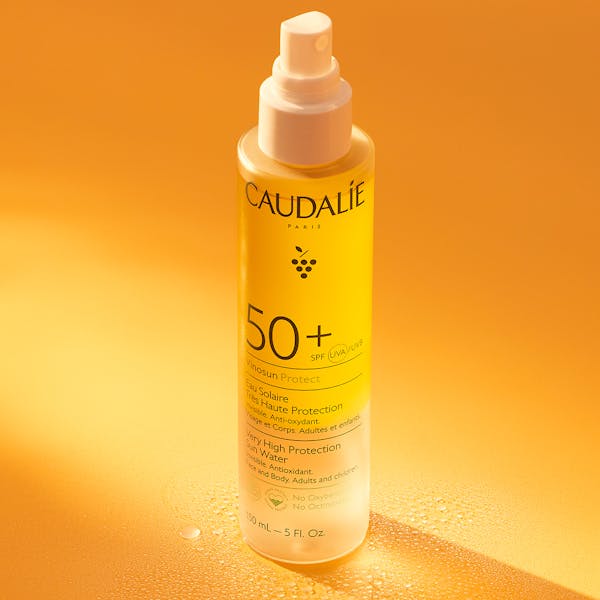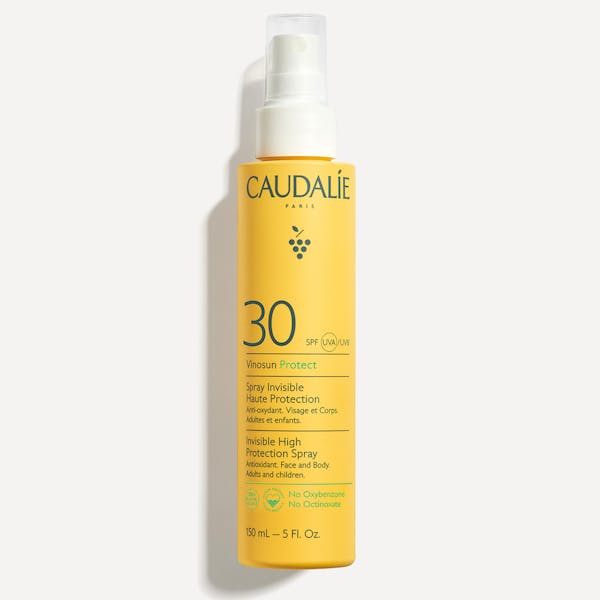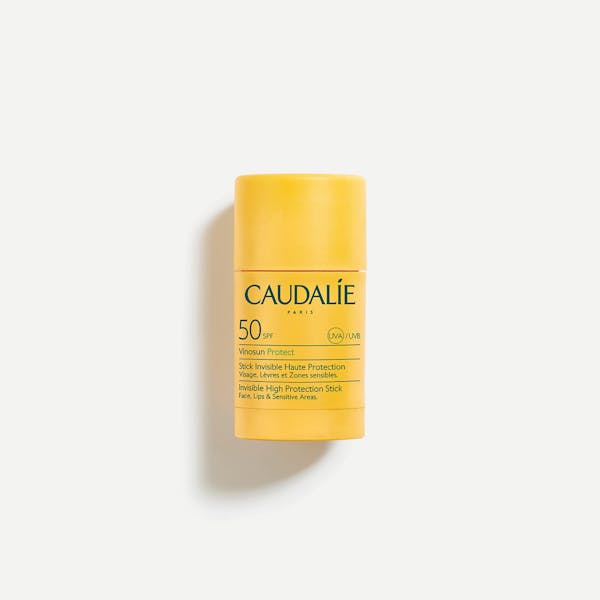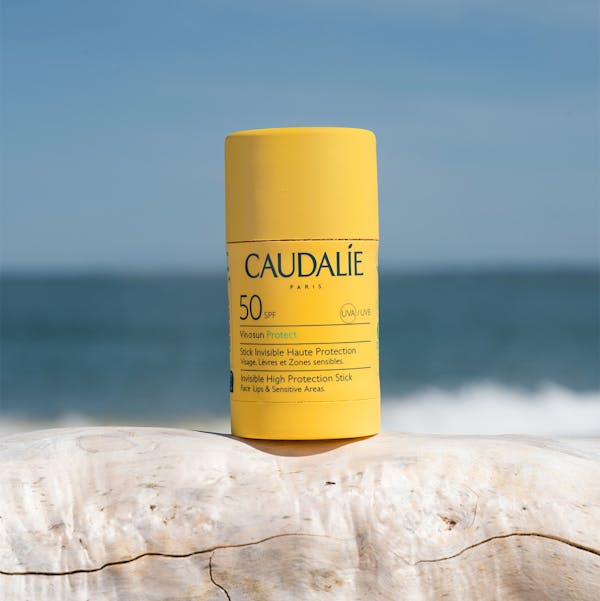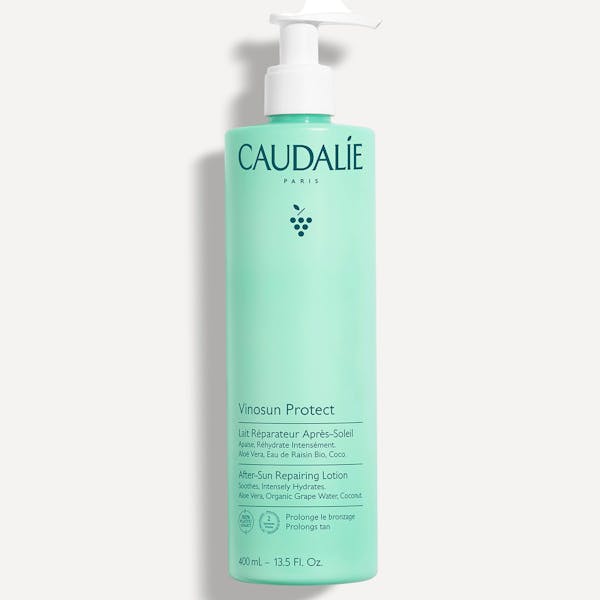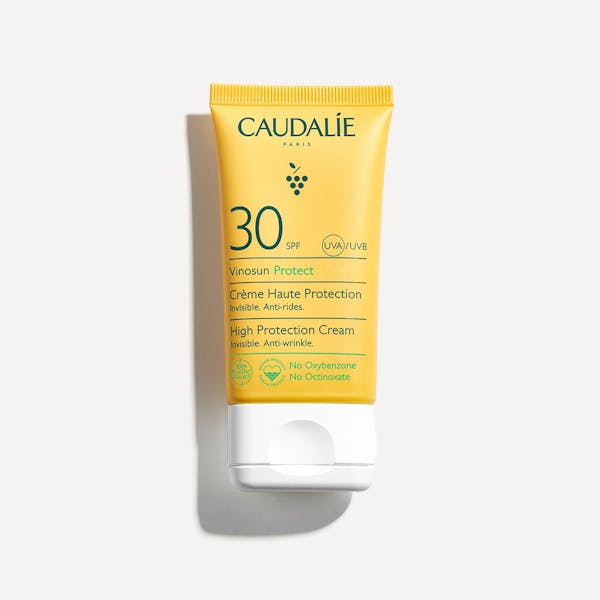Freckles are small, concentrated spots of melanin that appear on sun-exposed skin. These pigmented markings range from light brown to dark brown and commonly develop on areas like the face, arms, and chest. Understanding their formation and management options helps you make informed decisions about your skin health.
Summary
Understanding different types of skin spots
Not all small brown spots are the same. Medical professionals distinguish between several categories of pigmented lesions with distinct characteristics.
Ephelides: the classic childhood markings
Ephelides represent what most people recognise as traditional freckles. These small, flat, brown spots typically emerge during childhood and become more prominent with sun exposure. They tend to fade during winter months when UV radiation decreases, then reappear with renewed sun exposure.
Solar lentigines: age-related pigmentation
Solar lentigines, sometimes called age spots, differ significantly from childhood pigmented spots. These larger, darker patches develop later in life as cumulative sun damage manifests. Unlike ephelides, they remain visible year-round and typically appear on areas with the highest sun exposure.
Common locations where these spots appear
Freckles most frequently develop on sun-exposed areas of the body:
Nose, cheeks, and forehead: the most common facial locations,
Arms: particularly the forearms due to regular sun exposure,
Chest: developing on the upper torso area,
Back: appearing on shoulder and upper back regions,
Hands: especially the backs of hands and fingers.
What causes freckles to develop?
Several factors contribute to freckle formation, with genetics and sun exposure playing primary roles.
Genetic factors and skin type
Your genetic makeup largely determines your propensity for developing freckles. People with fair skin, light hair, and light eyes possess less melanin naturally, making them more susceptible to concentrated pigmentation when exposed to UV radiation. Specific genetic variations affect how melanocytes (pigment-producing cells) respond to sun exposure, explaining why freckles often run in families.
Sun exposure and UV radiation
UV radiation serves as the primary trigger for freckle formation. When skin encounters ultraviolet light, melanocytes produce melanin as a protective response. In individuals predisposed to freckling, this melanin concentrates in small patches rather than distributing evenly across the skin surface. Both UVA and UVB rays contribute to this process, which explains why freckles and sunlight exposure correlate so strongly.
Hormonal influences and aging
Hormonal changes can influence pigmentation patterns. Some people notice increased freckling during pregnancy due to elevated oestrogen levels. Additionally, cumulative UV exposure over decades leads to more persistent pigmentation changes, contributing to solar lentigines in mature skin.
Are freckles sun damage?
The relationship between freckles and sun damage requires careful consideration of different types of pigmented spots.
Natural pigmentation versus skin damage
Ephelides, or traditional freckles, represent a natural pigmentation response rather than direct sun damage. These markings indicate your skin's attempt to protect itself from UV radiation through increased melanin production. However, their presence does signal UV exposure has occurred.
Solar lentigines, conversely, represent accumulated sun damage and indicate more significant UV-induced changes to skin cells. These age-related spots suggest long-term sun exposure has affected the skin's normal pigmentation processes.
Do freckles go away?
The persistence of sun-kissed marks depends largely on their type and underlying causes. Childhood ephelides often fade significantly or disappear entirely during winter months when UV exposure decreases. Some people find their childhood freckles become less prominent with age as sun exposure habits change.
Solar lentigines, however, typically remain permanent without intervention. These age-related spots represent structural changes to skin cells and don't fade naturally with reduced sun exposure.
How to prevent freckles?
Prevention strategies focus on protecting skin from UV radiation through comprehensive sun protection.
Can sunscreen prevent freckles?
Sunscreen plays a crucial role in preventing the formation of new brown dots by blocking UV radiation before it triggers melanin production. Broad-spectrum sunscreens with SPF 30 or higher provide effective protection when applied generously and reapplied regularly. However, sunscreen alone cannot prevent all ephelides development in genetically predisposed individuals.
Protective clothing and lifestyle habits
Physical sun protection methods complement sunscreen use effectively. Wide-brimmed hats, long-sleeved clothing, and sunglasses provide additional UV protection. Seeking shade during peak sun hours (10 AM to 4 PM) reduces overall UV exposure significantly. These lifestyle modifications prove particularly important for fair-skinned individuals with high freckling tendencies.
How to reduce their appearance?
Several approaches can help diminish existing skin markings, ranging from gentle home care to professional treatments.
Gentle at-home approaches for gradual improvement
Consistent use of gentle skincare ingredients can help reduce the appearance of sun-kissed marks over time:
Viniferine: Caudalie's plant-based alternative to vitamin C that prevents new pigmentation by controlling tyrosinase whilst correcting existing spots,
Mild retinoids: promote healthy skin cell turnover,
Natural brightening ingredients such as white peony: provide gentle pigmentation support,
Regular exfoliation: helps remove pigmented surface cells,
Patience and consistency: results typically require several months of dedicated use.
Professional treatments with dermatologist supervision
Dermatologists offer various treatments to reduce pigmented spots, including chemical peels, laser therapy, and intense pulsed light (IPL) treatments. These professional approaches provide more dramatic results but require careful assessment to ensure safety and appropriateness for individual skin types.
How to get freckles safely?
Some people desire sun-kissed marks for their aesthetic appeal, leading to interest in safe enhancement methods.
Temporary cosmetic options
Cosmetic pigmented dots created with makeup products offer the safest approach for achieving the freckled look. Semi-permanent tattooing techniques exist but carry risks and should only be performed by qualified professionals using sterile techniques.
Enhancing natural pigmentation responsibly
While sun exposure can darken existing brown dots, deliberately seeking UV exposure for cosmetic purposes isn't recommended due to skin cancer risks. Self-tanning products provide a safer alternative for achieving a sun-kissed appearance.
Your Caudalie routine for freckle management
Caudalie offers comprehensive solutions for preventing new sun-kissed marks whilst managing existing pigmentation through scientifically formulated products.
Vinoperfect for gentle freckle reduction
The Vinoperfect Dark Spot Serum for Radiance offers exceptional effectiveness for reducing pigmentation. Its patented Viniferine, derived from vine sap and 62 times more effective than vitamin C, works alongside olive squalane to correct existing brown spots and prevent new ones from forming.
Vinosun Protect for preventing new freckles
Before finishing your skincare routine, remember that sunscreen should always be applied last, after your face serum and face cream.
Caudalie's Sunscreen for Face SPF50+ with Vitamin E combines advanced sun protection with spruce extract, polyphenols, and vitamin E. This lightweight formula provides reliable daily protection whilst supporting skin health through antioxidant action.
The Invisible High Protection Spray Sunscreen SPF 50 features the same protective ingredients in a convenient spray format for easy reapplication throughout the day. This non-greasy formulation absorbs quickly whilst providing comprehensive UVA and UVB protection.
For those preferring innovative textures, the Sunscreen SPF50+ with Vitamin E is a sun water that delivers identical high-level protection in a refreshing, liquid formula that makes sun protection enjoyable and ensures consistent application.
The Sunscreen Stick for Face SPF50 offers concentrated protection enriched with grape-seed oil and organic buriti oil, ideal for protecting vulnerable areas like lips, moles, and existing freckles.
Finally, the Aloe Vera After Sun features aloe vera extract, organic grape water, and coconut oil to maintain skin health after sun exposure whilst supporting natural repair processes that keep pigmentation balanced.
Sun-kissed marks represent natural pigmentation responses to UV exposure, with genetics determining individual susceptibility. Prevention relies on comprehensive sun protection including broad-spectrum SPF, protective clothing, and shade-seeking behaviour. Professional treatments and gentle skincare products can reduce existing pigmentation.
LATEST BEAUTY NEWS
- Personal data & Cookies
- T&C
- Legal Note
- Loyalty Program
- MYCAUDALIE terms
© Caudalie Copyright





